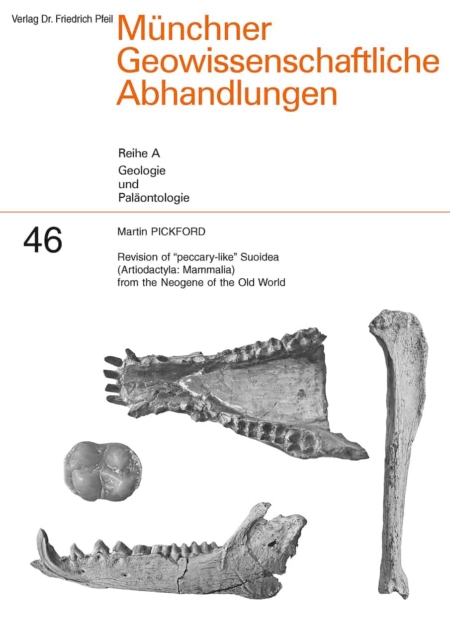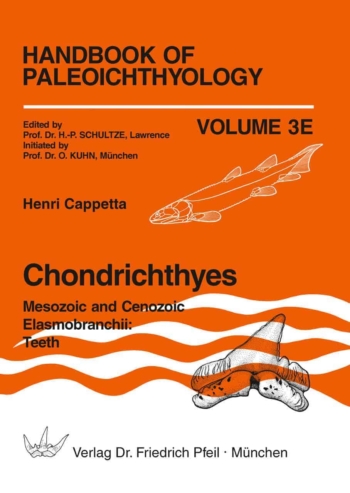This paper focusses on the Neogene fossil record of what used to be called “Old World Tayassuidae” or “peccary-like suoids” (in recent literature – Palaeochoeridae). New fossil discoveries in the German Bohnerz deposits provide the basis for a revision of the European Neogene Suoidea, revealing that the traditional bipartite subdivision of the Eurasian members of the superfamily into two families, Suidae (true pigs), and peccary-like mammals (Palaeochoeridae or false pigs) is no longer tenable because the latter family groups together a heterogeneous suite of suoids that are only united by the fact that they are not suids.
The bipartite subdivision represents an old approach to suoid systematics reflecting a deep-seated lumping approach to suiform studies on the part of most researchers, which has only recently become articulated as problematic. The new suoid fossils from the Bohnerz and other European Oligo-Miocene deposits indicate that, at the family level, the taxonomic diversity of Suoidea is greater than was previously suspected, comprising at least six families – ) Doliochoeridae (Doliochoerus, Lorancahyus, Propalaeochoerus, Bransatochoerus and probably Dubiotherium), ) Schizoporcidae (Schizoporcus), ) Sanitheriidae (Diamantohyus, Sanitherium), ) Siderochoeridae (nov.) comprising two subfamilies – Choeromorinae (Choeromorus, Pecarichoerus and Yunnanochoerus) and Siderochoerinae (Siderochoerus), ) Hippopotamidae nd 6) Suidae (the two latter groups are not discussed in detail in this paper) nor are the New World Tayassuidae. One new genus and three new species of Siderochoeridae are described. This paper complements a recent revision of the Suidae from Europe.






Reviews
There are no reviews yet.